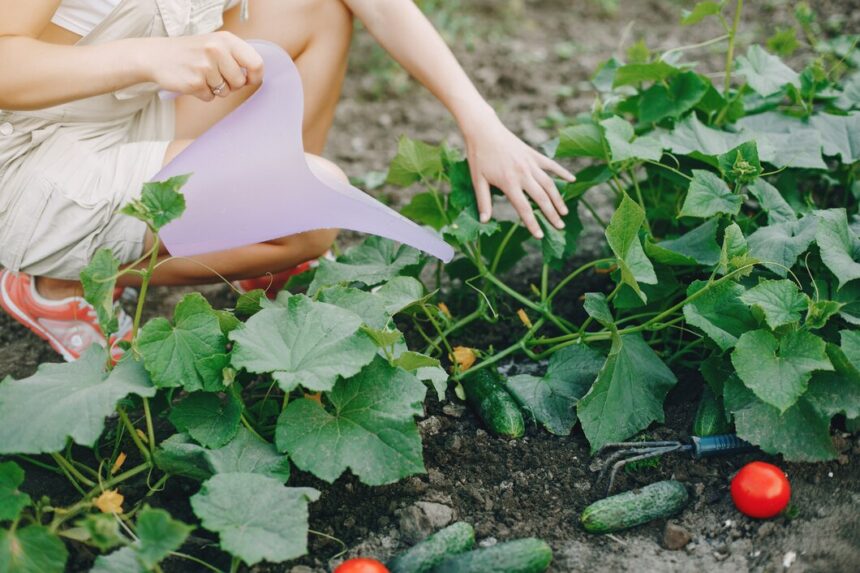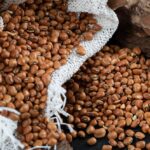Blossom end rot is a common issue that affects zucchini and other cucurbits, leading to unsightly, sunken spots at the blossom end of the fruit. Understanding the early signs can help you take action before the damage worsens. Here are ten early signs to look out for:
- Water-Soaked Appearance
The first noticeable symptom of blossom end rot is a water-soaked, darkened area at the blossom end of the zucchini. This area may look slightly sunken and will eventually turn brown as the rot progresses. - Sunken Spot
As the rot develops, the water-soaked area becomes more pronounced, resulting in a distinct sunken spot at the bottom of the fruit. This indentation is a key indicator that blossom end rot may be present. - Black or Brown Discoloration
The affected area may darken over time, turning black or dark brown. This discoloration is often accompanied by a soft texture, signaling that the fruit is decomposing. - Softened Flesh
In addition to discoloration, the flesh surrounding the affected area may begin to soften. Gently squeezing the fruit can reveal a mushy texture near the rot, indicating that the fruit is no longer healthy. - Irregular Growth Patterns
Zucchini experiencing blossom end rot may exhibit irregular growth patterns. You might notice that the fruit is smaller or deformed, as the plant struggles to deliver adequate nutrients and water to developing zucchinis. - Leaf Yellowing
The leaves of the zucchini plant may also show signs of stress. Yellowing leaves can indicate nutrient deficiencies, particularly calcium, which is crucial for preventing blossom end rot. - Poor Fruit Set
If your zucchini plants are struggling to set fruit, this could be a precursor to blossom end rot. Insufficient pollination or environmental stress can lead to fruit development issues. - Inconsistent Watering
Zucchini plants need consistent moisture to thrive. If you notice that your plants are wilting or if the soil moisture levels fluctuate greatly, this inconsistency can contribute to blossom end rot. - Pest Infestation
Pests such as aphids or spider mites can weaken zucchini plants, making them more susceptible to blossom end rot. Keep an eye out for these pests and take action if you notice an infestation. - Environmental Stress
Changes in temperature, such as extreme heat or cold, can stress your zucchini plants and lead to blossom end rot. Be mindful of your growing conditions and take steps to protect your plants from environmental extremes.
Preventing Blossom End Rot
To combat blossom end rot, consider the following preventative measures:
- Ensure Consistent Watering: Water your zucchini regularly to maintain consistent soil moisture. Avoid letting the soil dry out completely, as this can stress the plant.
- Provide Adequate Calcium: Apply calcium-rich fertilizers or amendments to your soil before planting and during the growing season. This can help ensure that your plants have enough calcium to develop healthy fruits.
- Mulch: Use mulch around your plants to help retain soil moisture and regulate temperature.
- Monitor Pests: Regularly check for pests and take appropriate action to keep them at bay.
By recognizing the early signs of blossom end rot and implementing preventive measures, you can help ensure a bountiful harvest of healthy zucchini.







